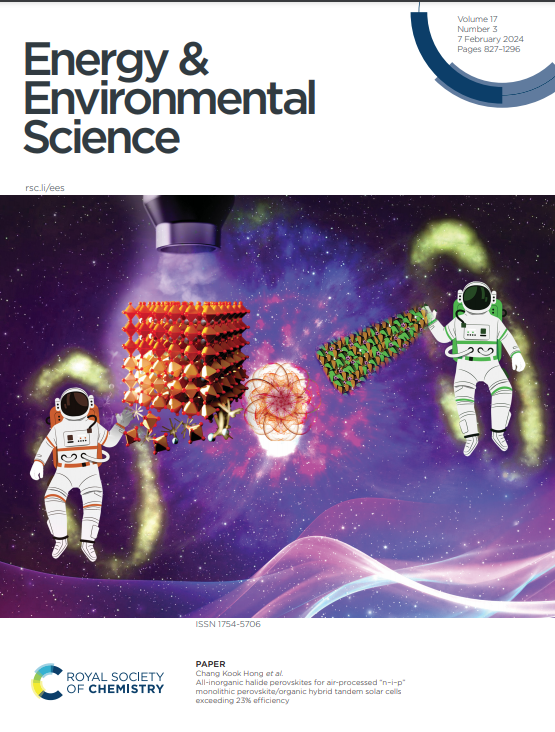Revolutionizing Wearable Sustainable Energy Enabled by Mechano-Electric Conversion Fibers
IF 32.4
1区 材料科学
Q1 CHEMISTRY, MULTIDISCIPLINARY
引用次数: 0
Abstract
Mechano-electric conversion fibers (MECFs) represent a groundbreaking innovation in smart textiles, integrating the high-efficiency mechanical energy conversion of triboelectric nanogenerators (TENGs) with superior wearability and comfort inherent in textile materials. Despite notable advancements in MECFs, comprehensive reviews and in-depth discussions of their fundamental principles and unique advantages remain scarce. Herein, this review aims to bridge this gap by providing a systematic analysis and objective outlook of MECFs, with a particular emphasis on their transformative potential in revolutionizing energy harvesting and self-powered sensing in human-centered applications. Driven by diverse structural designs, abundant material selection configurations, and high conversion efficiency at low frequencies, MECFs have developed a self-sufficient human surface energy supply-demand system that is autonomous, sustainable and undisturbed. Their high sensitivity is underpinned by a multilinear dynamic progressive response mechanism, facilitating rapid response times and high sensitivity across a wide spectrum of mechanical stimuli. In addition, the prominent applications of MECFs in self-powered wearable sensing are also explored, including personalized healthcare monitoring, human-machine interacting, and smart security protecting. Finally, we discuss in detail the key challenges and bottlenecks that still exist in MECF development, alongside promising solutions and future development directions. This work seeks to establish a comprehensive knowledge theoretical framework for MECFs and accelerate their transition from fundamental research to large-scale practical applications.求助全文
约1分钟内获得全文
求助全文
来源期刊

Energy & Environmental Science
化学-工程:化工
CiteScore
50.50
自引率
2.20%
发文量
349
审稿时长
2.2 months
期刊介绍:
Energy & Environmental Science, a peer-reviewed scientific journal, publishes original research and review articles covering interdisciplinary topics in the (bio)chemical and (bio)physical sciences, as well as chemical engineering disciplines. Published monthly by the Royal Society of Chemistry (RSC), a not-for-profit publisher, Energy & Environmental Science is recognized as a leading journal. It boasts an impressive impact factor of 8.500 as of 2009, ranking 8th among 140 journals in the category "Chemistry, Multidisciplinary," second among 71 journals in "Energy & Fuels," second among 128 journals in "Engineering, Chemical," and first among 181 scientific journals in "Environmental Sciences."
Energy & Environmental Science publishes various types of articles, including Research Papers (original scientific work), Review Articles, Perspectives, and Minireviews (feature review-type articles of broad interest), Communications (original scientific work of an urgent nature), Opinions (personal, often speculative viewpoints or hypotheses on current topics), and Analysis Articles (in-depth examination of energy-related issues).
 求助内容:
求助内容: 应助结果提醒方式:
应助结果提醒方式:


